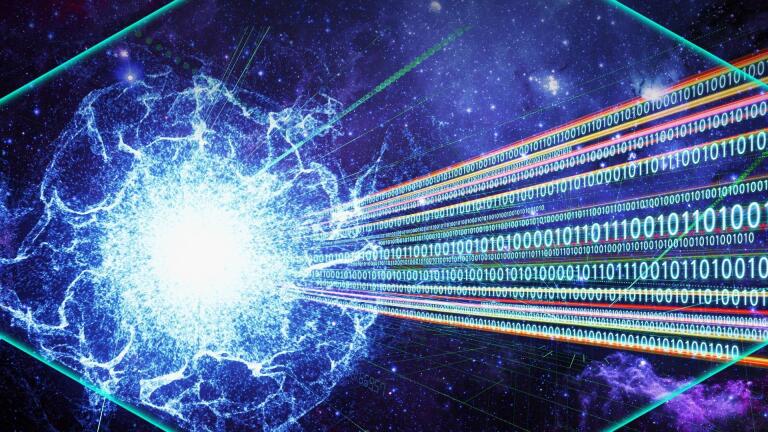Back to Show
PBS Space Time
Telescopes of Tomorrow
Season 3
Episode 13
The telescopes of tomorrow will see in infrared and ultraviolet. They will peer through space and scan across time. They will allow us to find new supernovae, spot potentially hazardous asteroids, better understand dark energy and peer into the earliest moments of space time.
Support Provided By

13:26
We explore the range and distance magnetism can take us.

12:50
Where are the worlds of all the times the universe has split?

14:05
Although elusive, the quantum spin has led to some of the deepest insights we now know.

14:01
Entropy is behind one of the most fundamental laws of physics.

12:22
The more time and space are divided, the distance between them may not exist.

13:44
The accumulation of space junk increases collisions known as the Kessler Syndrome.

11:34
If Planck relics are real, then the black holes may just be everywhere.

10:48
Quantum mechanics forbids us from measuring the universe. But we try with this principle.

14:08
We examine all the best-case scenarios for life beyond Earth.

13:11
Einstein gives us a glimmer of hope that time can be warped.

12:35
It may be that for every star in the universe there are billions of black holes.

12:35
Muon G-2 experiment produces the most successful predictions in physics.











